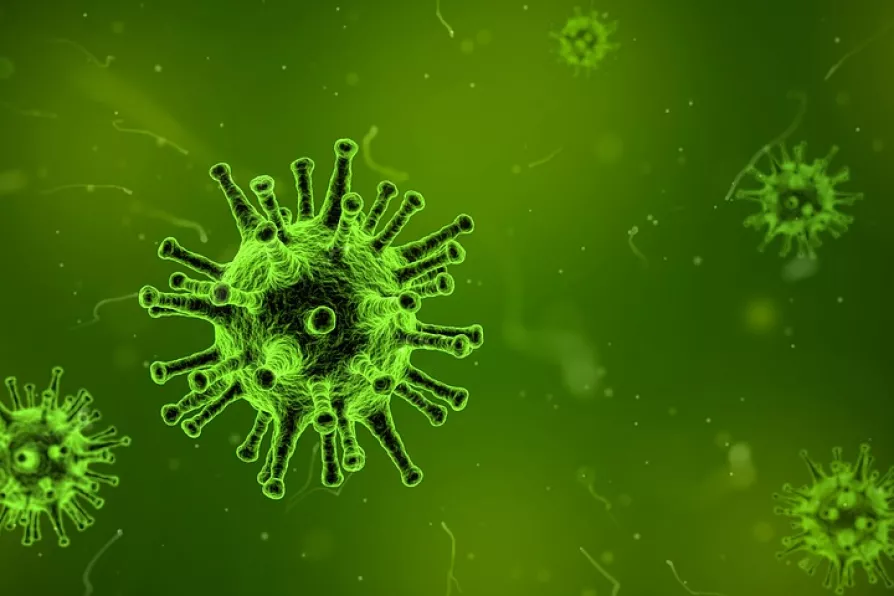Labour’s persistent failure to address its electorate’s salient concerns is behind the protest vote, asserts DIANE ABBOTT


VIRUSES get a bad rap. Most of us only really think about them when they cause diseases, such as Ebola. They’re viewed as the quintessential hangers-on: bits of genetic material floating around that must leech off living cells to multiply and reproduce. As such, they’re often thought of as not “really” alive.
Indeed, the three of us can dimly remember from school a ridiculous mnemonic for the seven signs that supposedly distinguish life from non-life: “MRS NERG” (or “MRS GREN,” depending on your teacher).
Knowing that viruses fail on a number of those arbitrary metrics — eg R for respiration — would help you pass your biology GCSE.

New research into mutations in sperm helps us better understand why they occur, while debunking a few myths in the process, write ROX MIDDLETON, LIAM SHAW and MIRIAM GAUNTLETT













